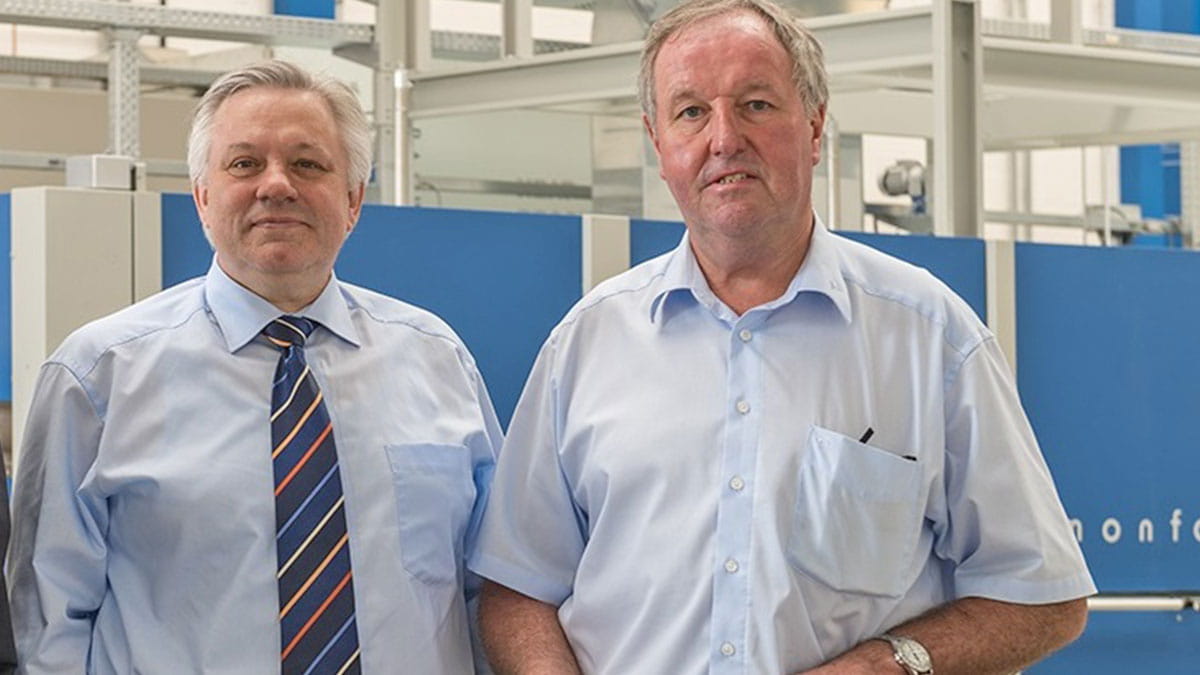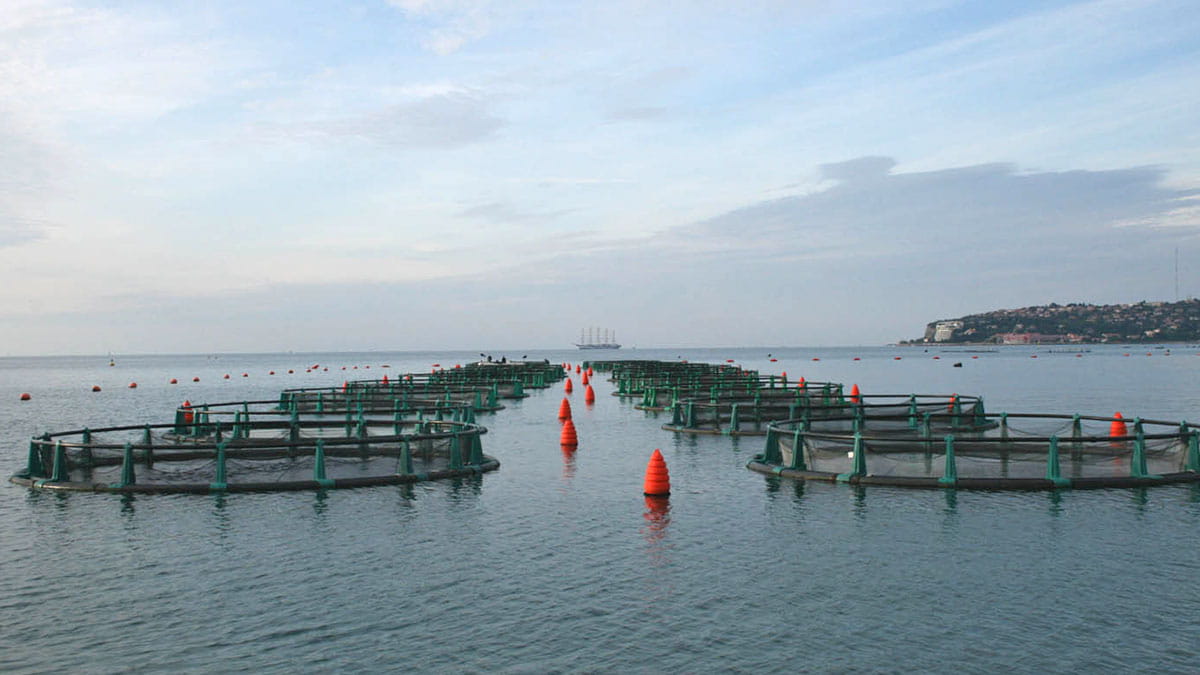Monforts continues to work on innovative technical textiles at the Advanced Technology Center (ATC) in Mönchengladbach, Germany. The cultivation of both freshwater and saltwater fish populations under controlled conditions is a global industry valued at around $200 billion annually with a big potential. The nets used in this global industry, for both fresh and salt water, are of great importance. A number of R&D studies are carried out in Monforts ATC aiming to increase the performance of the fishing cage nets used in aquaculture.
Jürgen Hanel, Head of Monforts Technical Textiles, points out that these nets are very prone to biofouling. Hanel commented: “High-pressure robotic jets are now used to clean them. Net cleaning is expensive and can also damage current antifouling coatings on the nets, causing contamination as well as fish health and welfare risks”.
Noting that the abrasion resistance of the nets is also extremely important, Hanel disclosed that in addition to the general wear and tear of the underwater environment, they also contain a lot of potential food for predatory bigger fish, such as sharks. Hanel; “Even sea lions have been known to be attracted to these fish farming cages, but have the advantage of being able to jump over the top of them if they’re not sufficiently protected”.
The development of more effective antifouling coatings for fishing cage nets has been one aspect of R&D work at the Monforts ATC. The use of how alternative fibers could potentially be coated or finished to replace the polyamide; which is currently most widely used has also been explored. The issue of plastics and synthetic fibers in the oceans has generated global media attention recently; and the aquaculture industry is exploring all avenues that will lead to more sustainable practices.

Application diversity is constantly increasing
“We are asked to investigate a wide range of fabric finishes and coatings at the ATC; where our customers can test their own textiles and technical fabrics on Monforts dyeing, finishing and coating machines; under fully confidential, real production conditions,” said Jürgen Hanel.
Hanel stated that The range of textiles finished or coated with Monforts technologies is already extremely diverse; including standard knits and wovens, as well as advanced denim. Hanel continued his words saying; “When it comes to technical textiles; our lines are already being used commercially for treating substrates for digitally-printed soft signage, carbon fabrics for composites; filter media which must perform in extreme temperatures and flame retardant barrier fabrics; to name just four applications, but the list gets longer all the time”.
Monforts ATC continue to expand
Since its opening in 2013, over 3 million euros has been invested in equipment at the Monforts ATC; which over an area of 1,200 square metres houses two full finishing lines; engineered to accommodate an extremely diverse range of processes; in addition to a Thermex range for the continuous dyeing of denim. Recent expansions have included the installation of the latest Monforts texCoat coating system; with its multi-head capability, and the CYD yarn dyeing system for denim; both of which was displayed at the ITMA fair in Barcelona last year.
Explaining that they have subsequently demonstrated the potential of these new technologies to many customers during their visits to the ATC; Hanel they have organized full trial programmes on industrial-scale machines. Hanel concluded his words saying; “The intended end-uses may not always be as unusual as fishing cage nets; but whatever the application, trials in real production conditions yield the results that enable us to make many recommendations for improving fabric finishes and coatings”.



